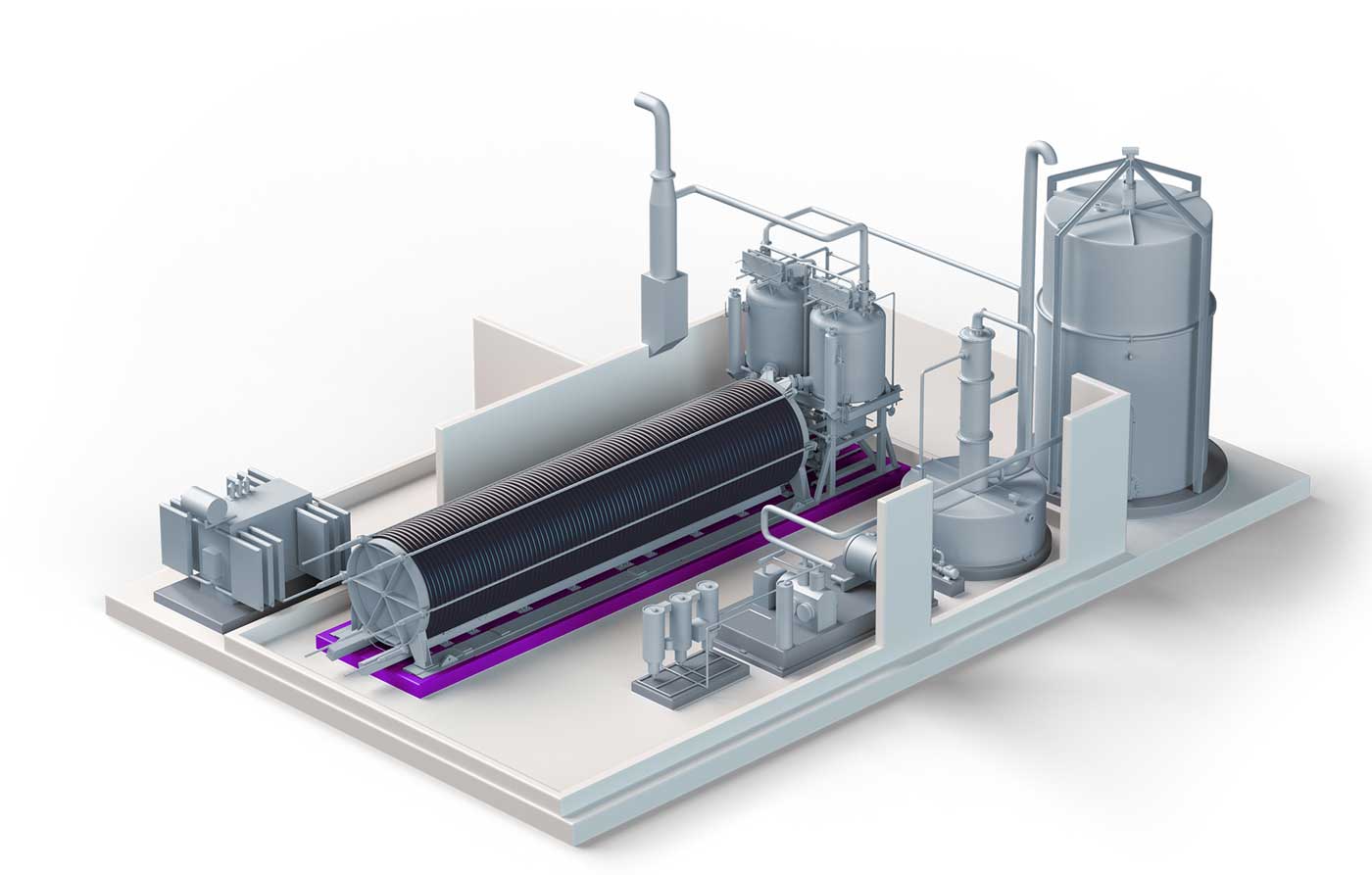Table of contents
Key takeaways
- Intrinsic Resource: Natural hydrogen, or native hydrogen, is found beneath the Earth’s surface without human intervention, in gas pockets or underground waters.
- Complex Geological Origin: Its formation results from geological processes such as the radiolysis of groundwater or chemical reactions with minerals, with mechanisms still poorly understood.
- Environmental Benefits and Challenges: Natural hydrogen reduces CO2 emissions, but its extraction, detection, and purification pose technological and economic challenges requiring significant investments in research and development.
Understanding white hydrogen: origins, applications, and challenges
Definition and characteristics of white hydrogen
Native hydrogen, commonly known as natural hydrogen, refers to hydrogen that is intrinsically present in the Earth’s subsurface. Unlike industrial hydrogen, which is produced through chemical processes such as steam reforming of methane or water electrolysis, natural hydrogen is not the result of any human intervention. It is generally found in gaseous pockets or dissolved in groundwater.
Due to its characteristics, it has enormous potential as a clean energy source, as it can be used without emitting pollutants or greenhouse gases. However, it should be noted that hydrogen, regardless of its origin, is an energy carrier and not a primary energy source. This means it requires an energy source to be extracted, processed, and used.
Geological processes leading to the formation of natural hydrogen
The genesis of natural hydrogen remains the subject of intense research and discussion to this day. Nonetheless, it is estimated that this gas could be produced by geological processes such as the radiolysis of groundwater, which involves the decomposition of water into hydrogen and oxygen under the effect of natural radiation from rocks. Another hypothesis suggests that chemical reactions between water and certain minerals, like iron or silica, could also release hydrogen.
Moreover, tectonic processes, such as the release of hydrogen during magmatic uprisings or the transformation of rocks at depth, could also play a role. These processes, sometimes occurring over geological timescales, make the hydrogen present in the soil particularly interesting, as they could provide a nearly inexhaustible resource if their mechanisms were fully understood and exploitable.
Advantages and challenges associated with the use of natural hydrogen
Environmental benefits of ground-sourced hydrogen
The exploitation of native hydrogen offers major environmental advantages, particularly in terms of reducing CO2 emissions. Unlike fossil fuels, its combustion releases only water, making it a particularly clean energy carrier. Furthermore, its direct extraction from the ground could potentially be less invasive and less damaging to the environment than traditional mining or oil extraction.
In addition, its use in fuel cells produces no noise or atmospheric pollution, making it ideal for improving urban quality of life. This aspect is all the more important as cities seek solutions to reduce their environmental footprint and improve public health.
Technological and economic obstacles
Despite its potential, natural hydrogen faces several challenges. From a technological standpoint, detecting, extracting, and purifying ground-sourced hydrogen remains complicated. Current techniques are still in an embryonic stage and require substantial investments in research and development to be viable.
Economically, the absence of well-established value chains and infrastructure adapted to hydrogen represents significant obstacles. Moreover, uncertainty about the availability and regularity of the supply of native hydrogen is another difficulty to overcome to ensure reliable energy production and meet market demands.
Potential applications and target markets
Use in the mobility sector
The mobility sector is often cited as one of the main target markets for hydrogen. Indeed, the use of fuel cells powered by hydrogen to drive vehicles represents an attractive prospect for reducing dependence on hydrocarbons and decreasing atmospheric pollution.
Prototypes of cars, buses, trains, and even boats propelled by hydrogen are already in circulation, proving the technical feasibility of this energy option. If ground-sourced hydrogen can be exploited efficiently and sustainably, it could become a key source for this evolving sector.
Integration into energy production networks
The integration of hydrogen into energy production networks is another promising application. It can serve as storage for surplus energy produced by renewable sources like wind or solar, allowing greater flexibility and stability of the electrical grid.
Hydrogen can also be used to produce electricity and heat in cogeneration systems or be mixed with natural gas in existing gas distribution infrastructures, contributing to reducing the overall carbon content of the energy supplied to consumers.
In summary, if the technological and economic challenges related to the exploitation of natural hydrogen are overcome, it has the potential to significantly transform how energy is produced, distributed, and consumed, offering a clean, renewable, and perhaps inexhaustible option in the long term.




